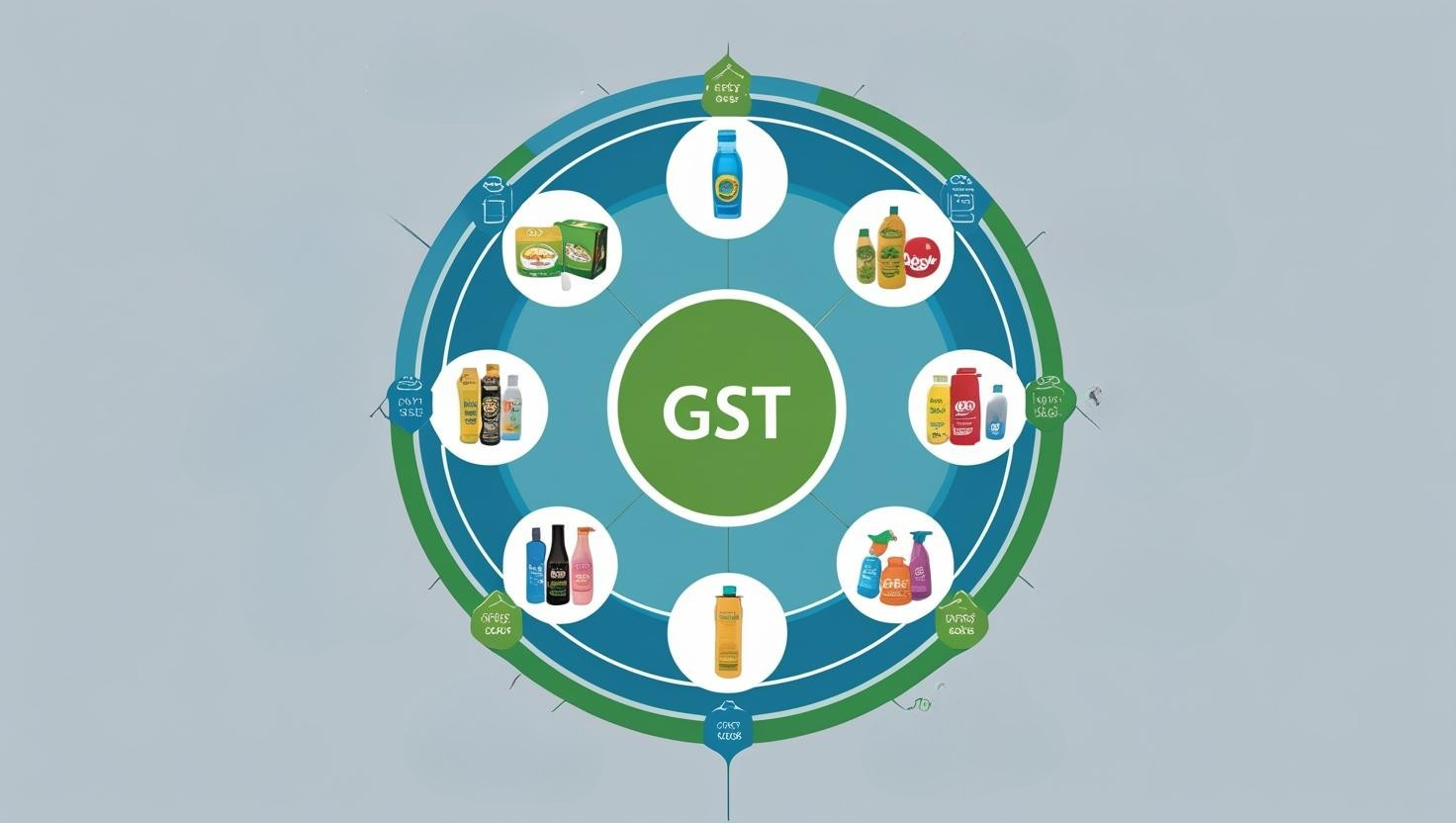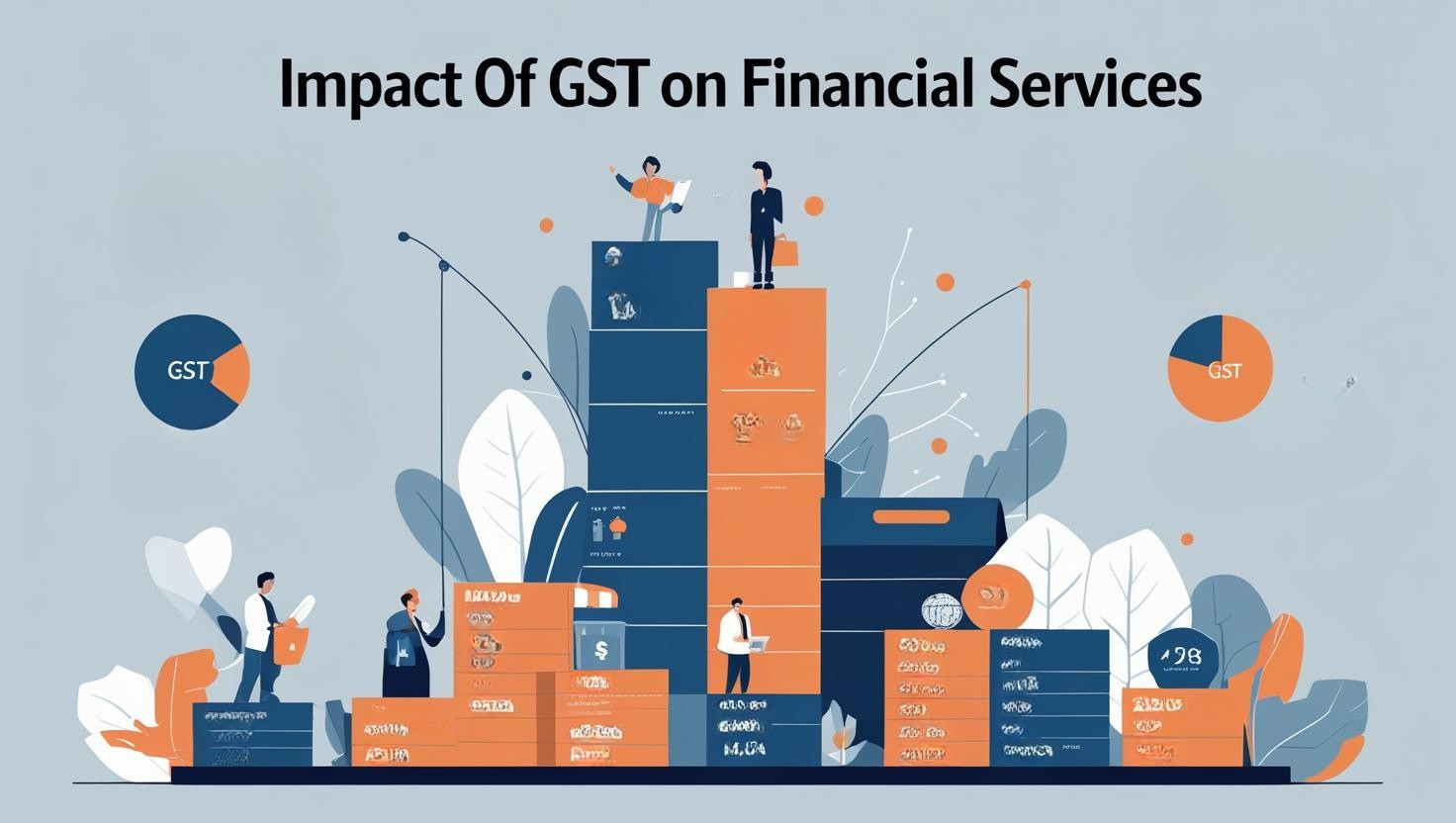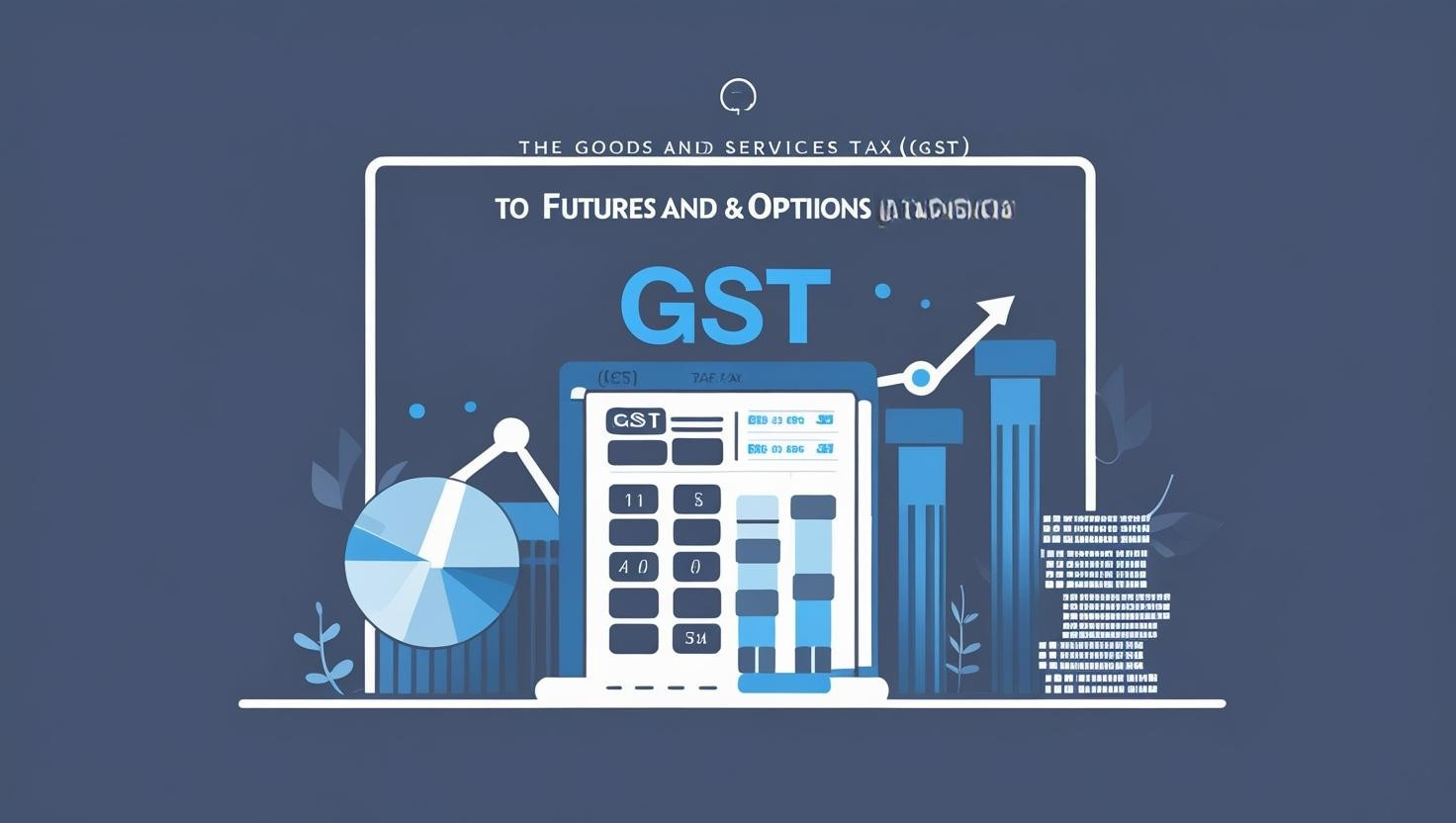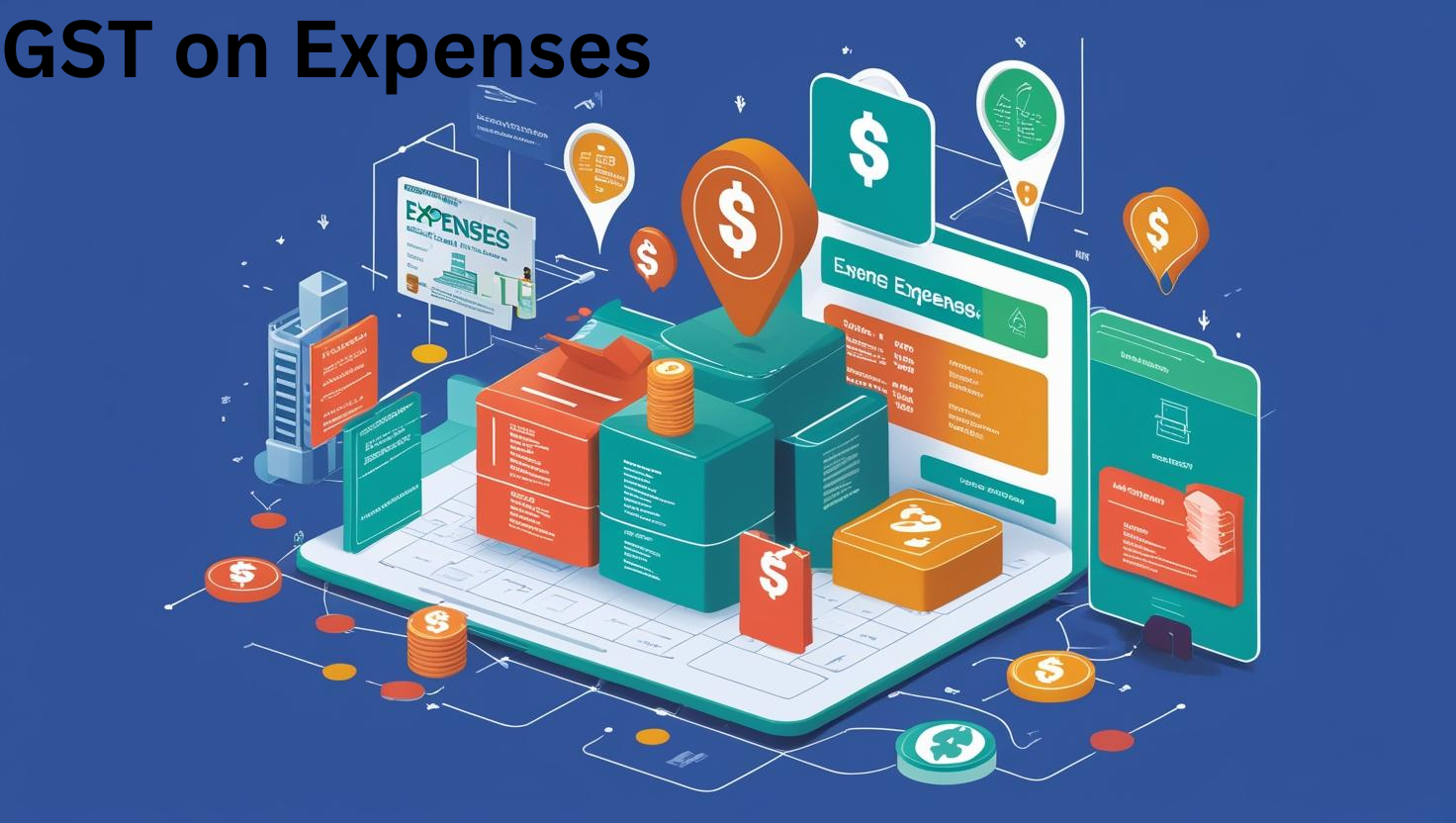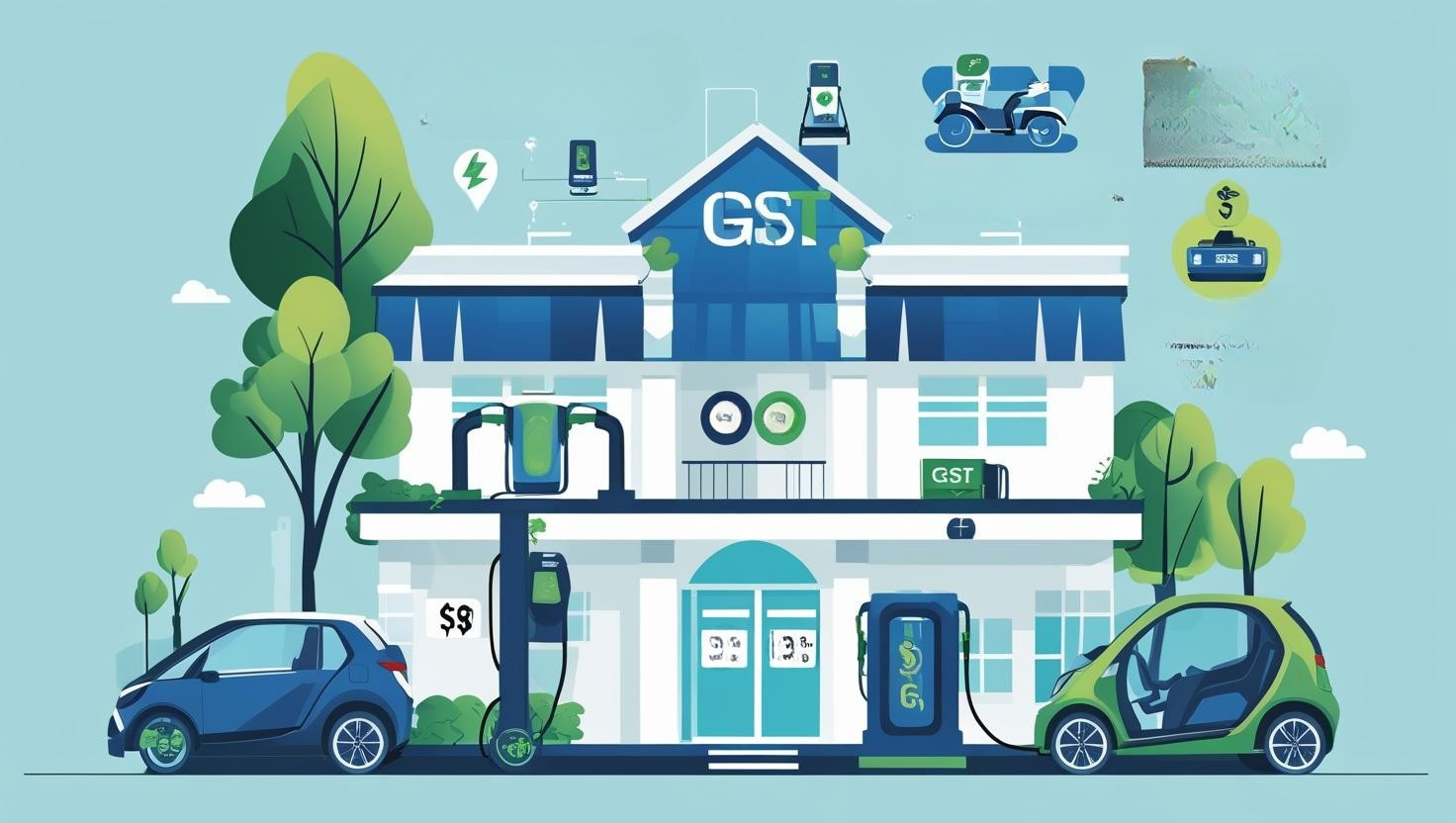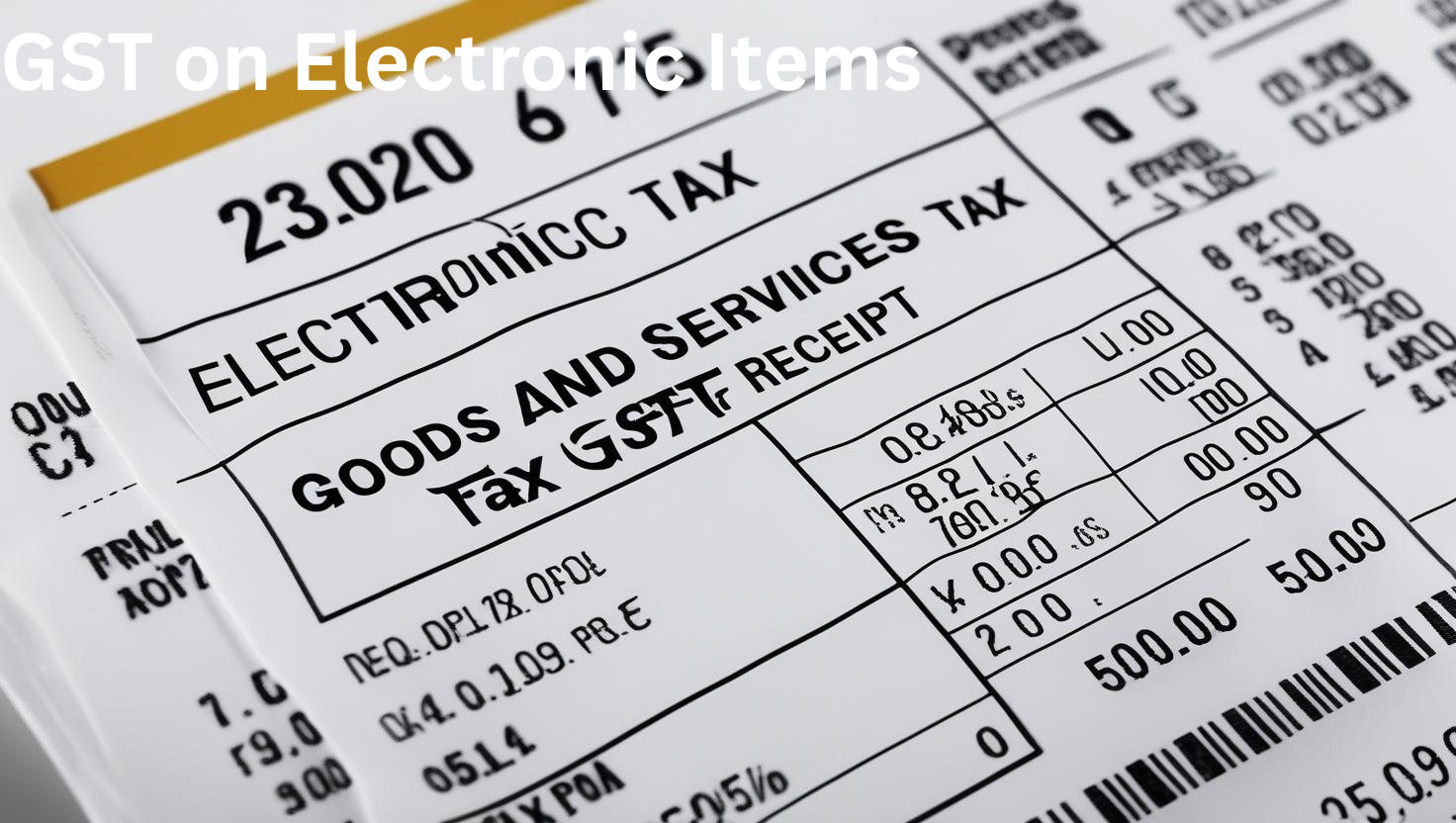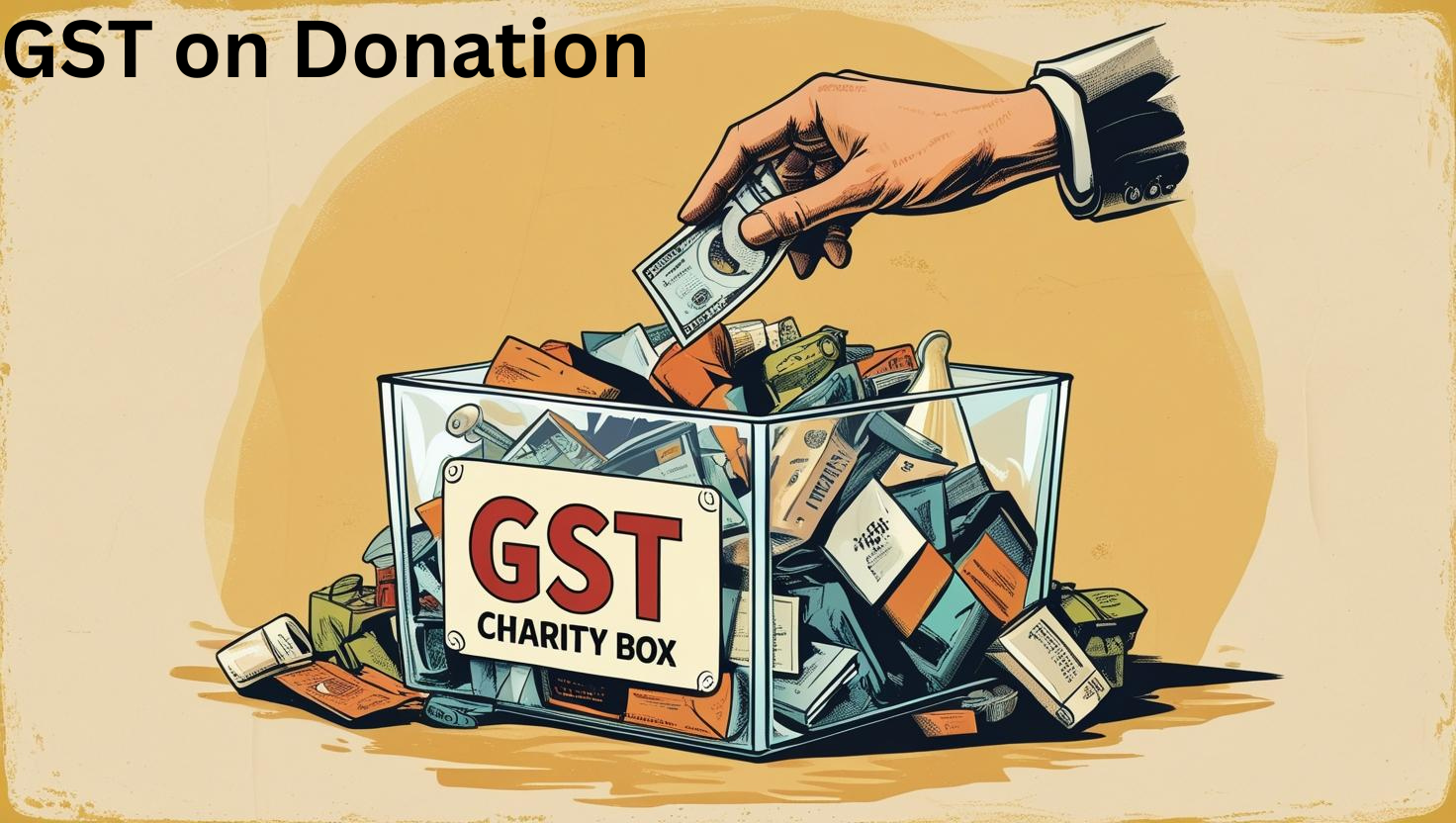017 tax reforms, GST applies to under-construction properties awaiting a completion certificate or ready for occupancy. Just like buyers, GST benefits developers as well. Before GST, developers were bogged down by a series of taxes–VATs, central excise, entry tax, you name it. To make things worse, they couldn’t claim refunds for their development costs.
However, with GST in place, things are more straightforward. It has brought transparency into the process by specifying the applicable GST rate to provide transparency for everyone involved.
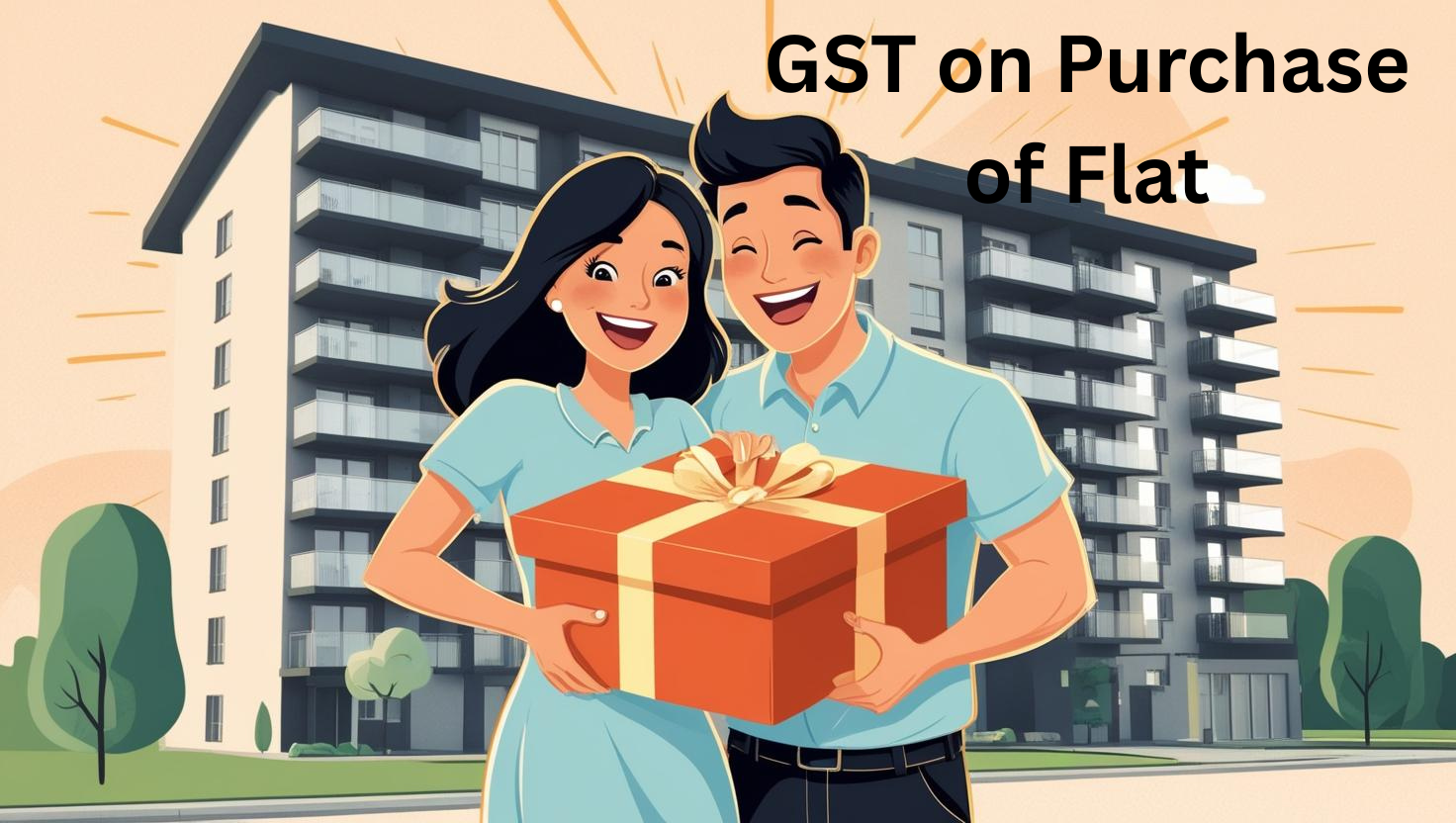
What is the GST on Property in India?
GST on property in India primarily applies to under-construction properties, with a 5% rate for standard residential properties and a 1% rate for affordable housing, both without Input Tax Credit (ITC). Commercial properties are typically taxed at 12% with ITC benefits. Notably, GST does not apply to ready-to-move-in or completed properties, as these are classified as goods rather than services.
Introduced in 2017, the Goods and Services Tax (GST) simplified real estate taxation by replacing multiple taxes like VAT, service tax, and excise duty. The introduction of GST brought transparency and aimed to lower the tax burden on both property developers and buyers.
Pre-GST Taxes on Flat Purchases
| Aspect | Pre-GST Structure | Post-GST Structure |
| Tax types | VAT, Excise duty, Service tax | Unified GST (CGST+SGST) |
| Rates for under-construction flats | 4.5% (Service Tax) + VAT (1%–5%, state-dependent) | 1% (affordable) or 5% (non-affordable housing) |
| Ready-to-Move Flats | No Service Tax, only Stamp Duty & Registration Charges | No GST, only Stamp Duty & Registration Charges |
GST Rates on Residential Properties and Flat Purchases
- Affordable housing: a house with a carpet area of up to 60 sq. meters in metropolitan cities and up to 90 sq. meters in non-metropolitan cities worth 45 lakhs minimum
- Non-affordable housing: Residential properties that do not meet the criteria of affordable housing
In India, you have to pay GST for under-construction properties, not for ready-to-move-in flats, with a completion certificate.
Here’s a breakdown of the old and the new GST regimes on different types of residential properties:
| Type of property | GST Rate (Before April 2019) | GST Rate (After April 2019) |
| Under construction (affordable housing) | 8% with input tax credit | 1% without input tax credit |
Under construction (non-affordable housing)
| 12% with input tax credit | 5% without input tax credit |
| Ready-to-move-in Properties | No GST | No GST |
Input Tax Credit (ITC) on Flat Purchases
Under Section 17(5)(d) of the CGST Act, taxpayers generally cannot claim ITC on GST paid for constructing immovable property for their own use (both commercial and residential). However, recent judgements have introduced some exceptions.The Supreme Court of India has ruled that if the construction of a property is essential for providing rental or leasing services, it could be considered a “plant.” This exception allows developers to claim ITC for GST paid on construction materials and services. The Court emphasized that this should be assessed case by case using a “functionality test.”For residential properties, ITC cannot typically be claimed for flats intended for personal use. However, if the property is meant for rental purposes and qualifies under the plant exception, developers may claim ITC.
FAQs
Q1. Benefits of GST for Residential Real Estate ?
- One Tax Nationwide: GST reduces the complexity by applying a single tax across India. So that both the developers and buyers can take advantage.
- Clearer Pricing: It removes the hidden fees and shows the actual tax portion in property prices.
- More Formal Transactions: GST reduces cash deals, promoting transparency and building trust in the market
Q2. Impact of GST Rates on Flat Buyers?
- Increased Cost for Under-Construction Flats: GST adds 5% for regular and 1% for affordable housing, raising costs compared to GST-exempt ready-to-move flats.
- Higher Loan and EMI Burden: Added GST raises loan amounts and EMIs, impacting monthly budgets.
- Shift to Ready-to-Move: Many buyers prefer ready flats to avoid GST costs.
- Developer Compliance: Ensuring developers follow GST rules can prevent future issues.
- Transparency in Costs: GST clarifies total costs, aiding in financial planning.
- Professional Guidance: Expert advice helps navigate GST complexities and optimize savings.
Q3. Is there GST on flats below 45 lakhs?
Yes, flats below 45 lakhs attract GST @ 1% for qualifying under the affordable housing scheme.
Q4. Is GST applicable on the purchase of a new flat?
Yes, you have to pay GST for new flats. But, it is not applicable to ready-to-move-in flats.
Q5. Does the payment schedule affect the GST amount on a flat purchase?
Yes, GST is applied to each instalment based on the payment schedule.
Related Resources


